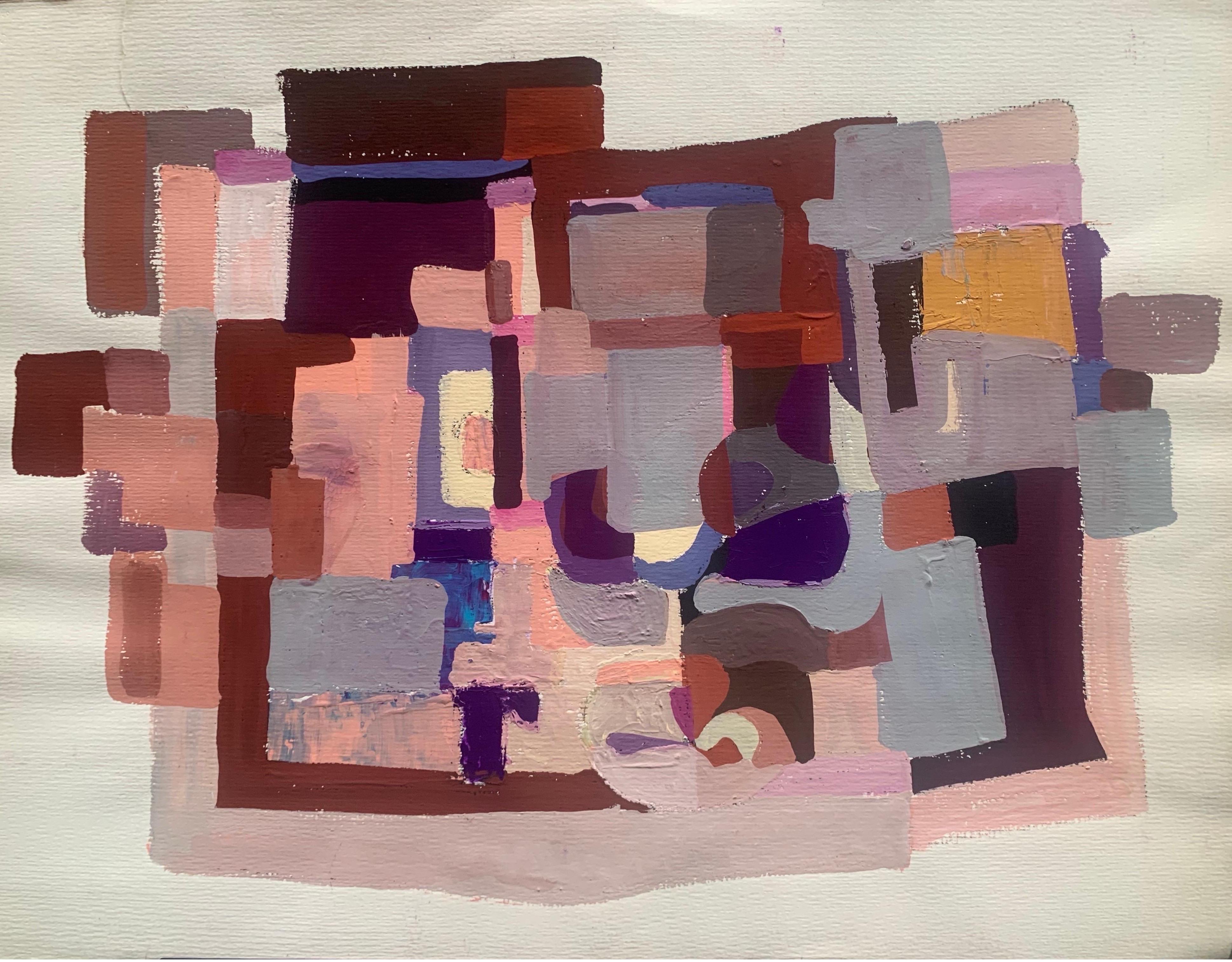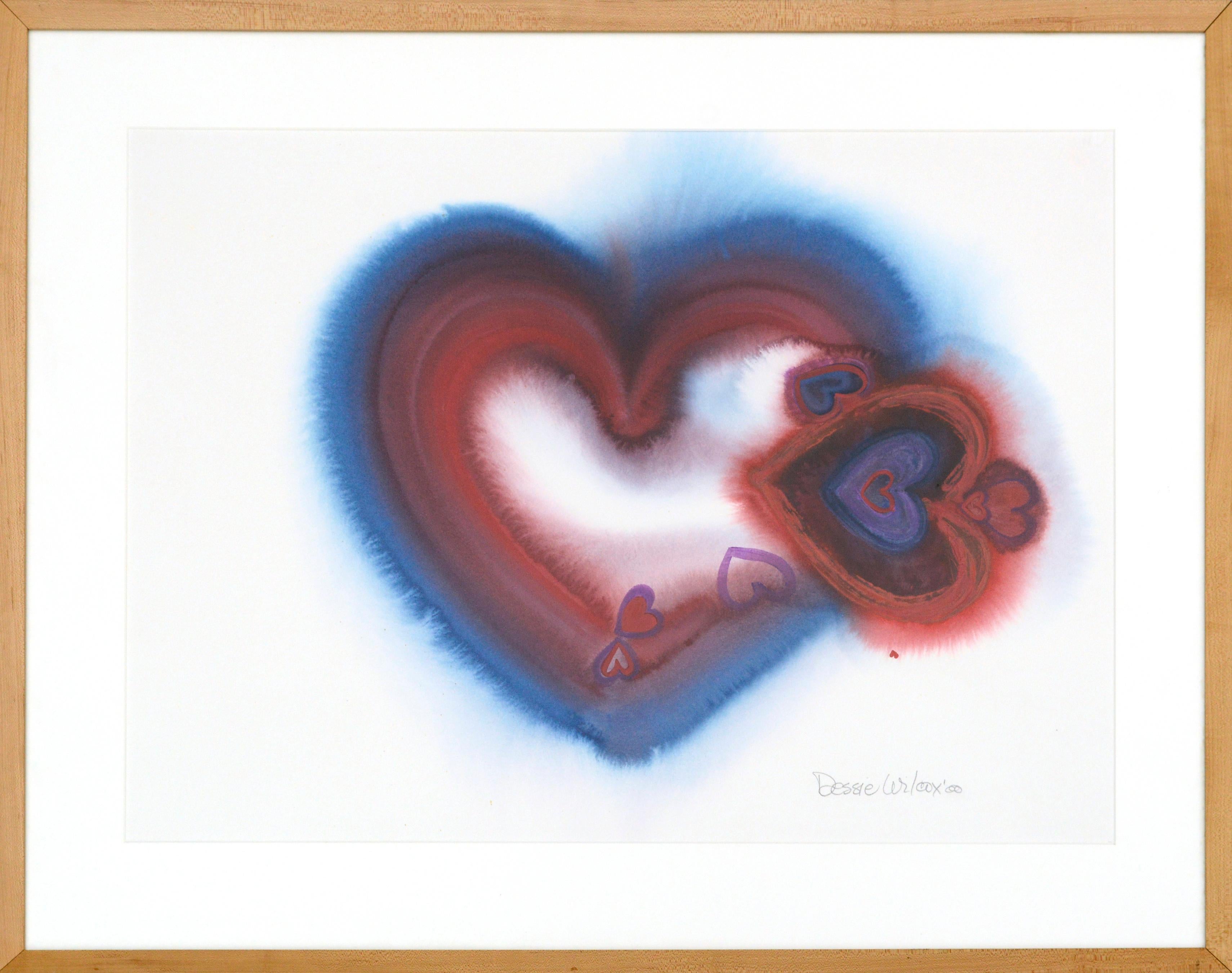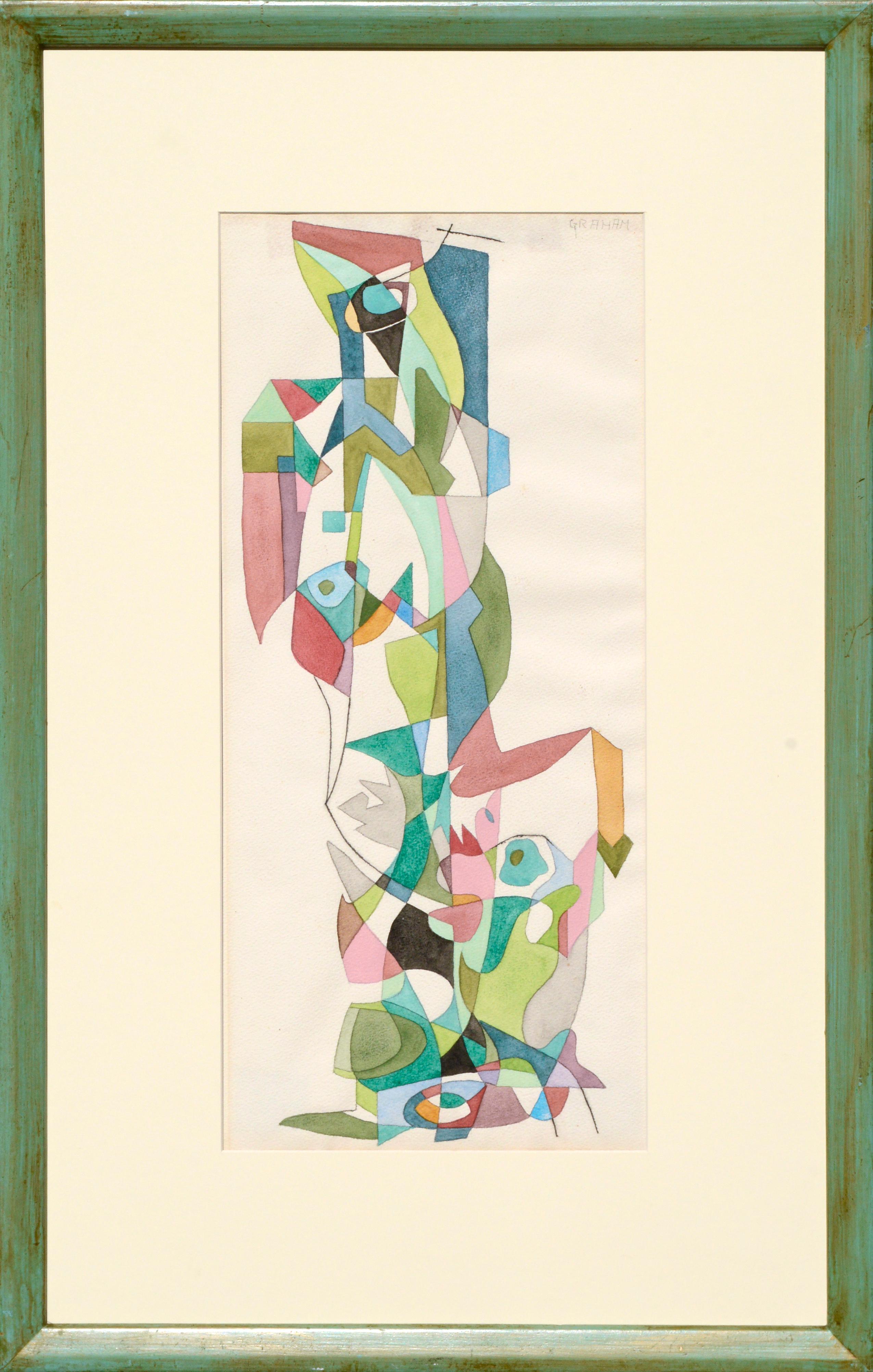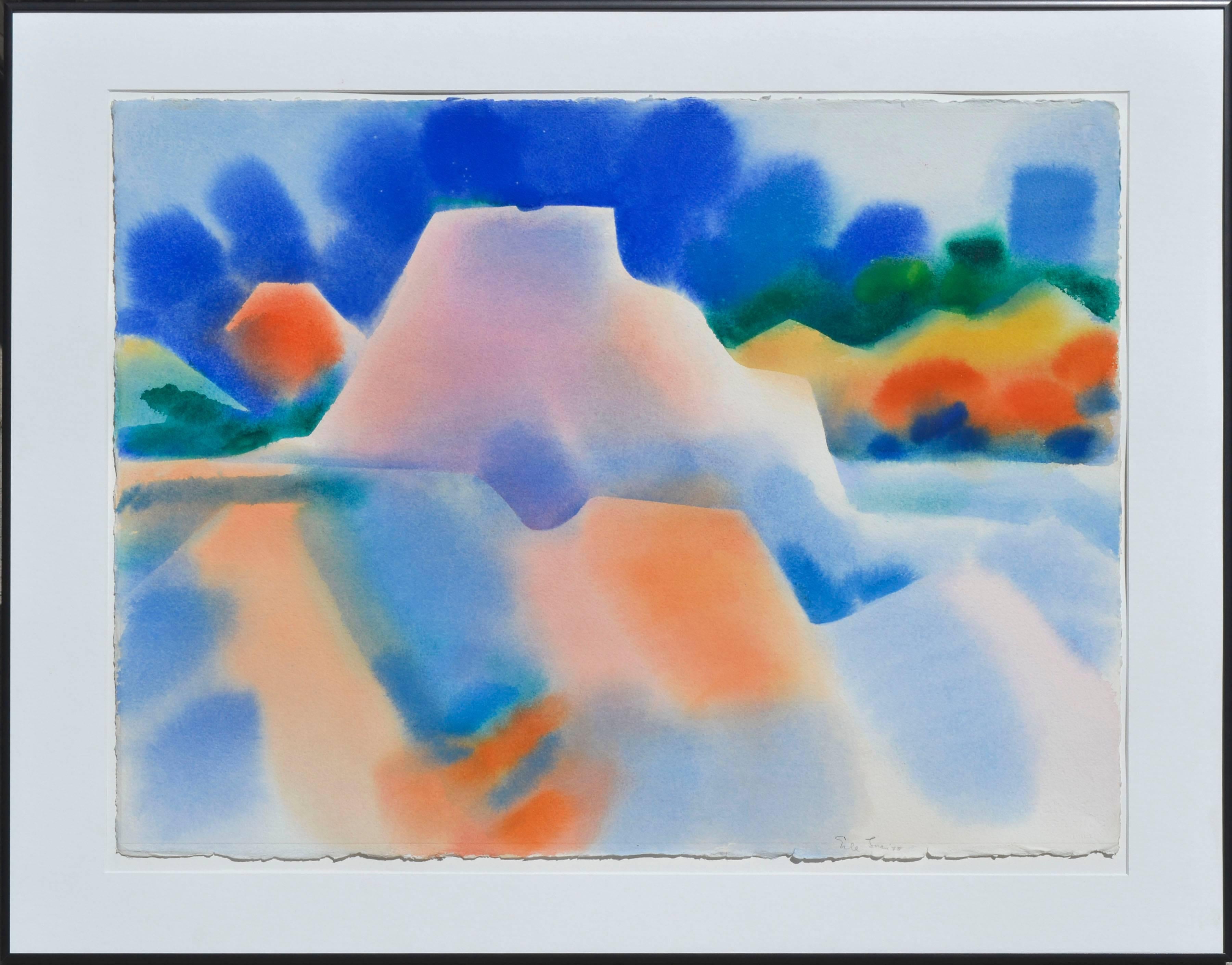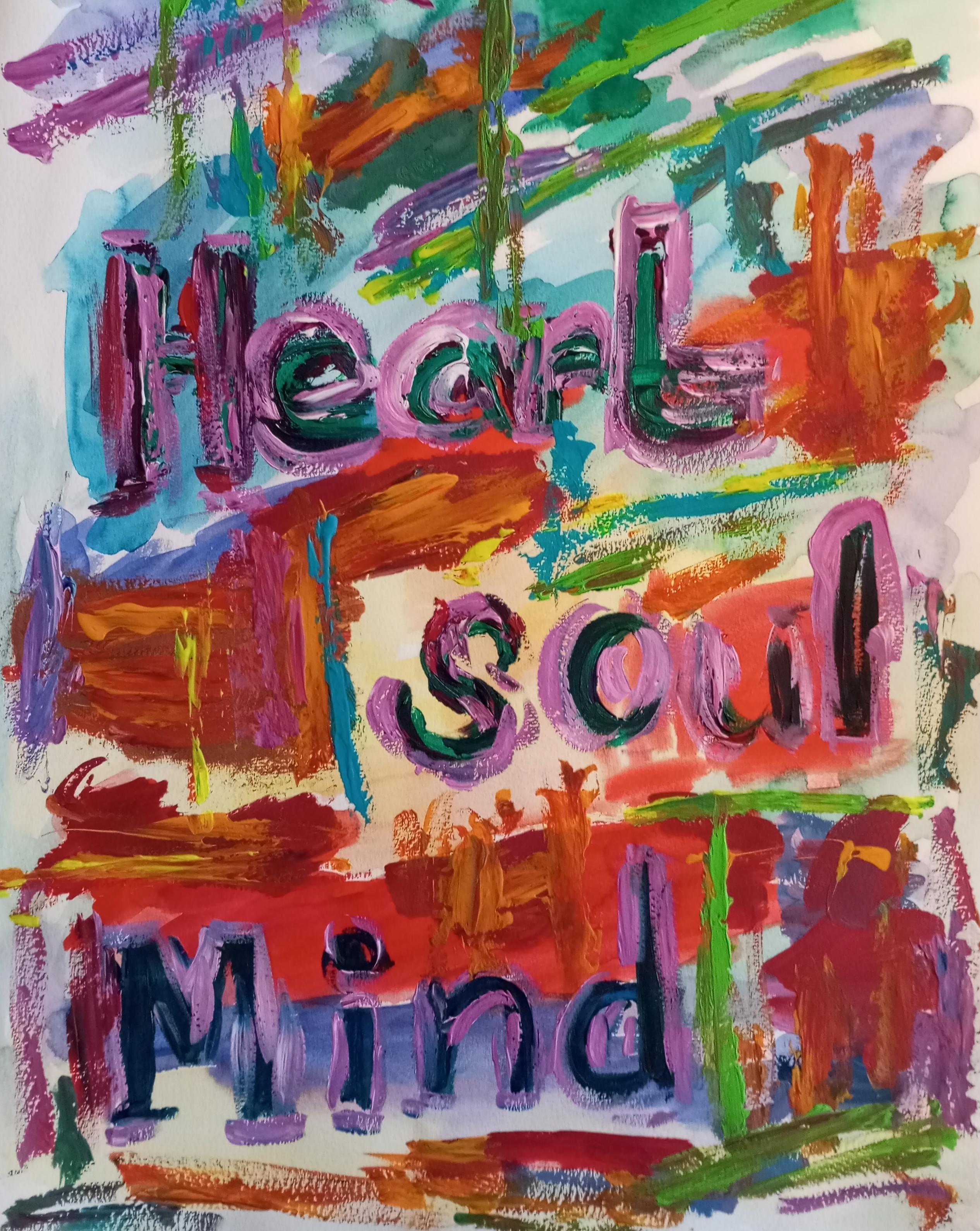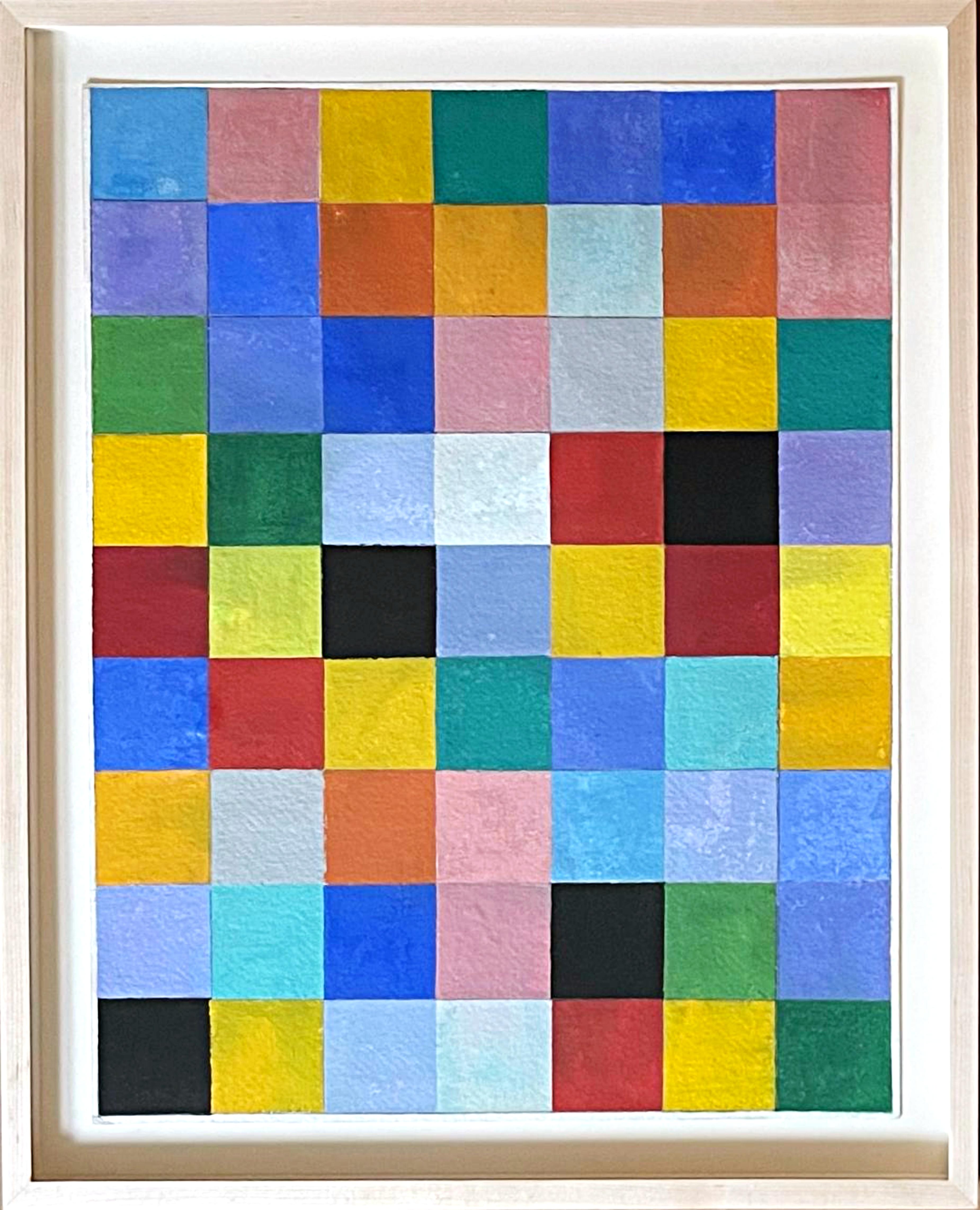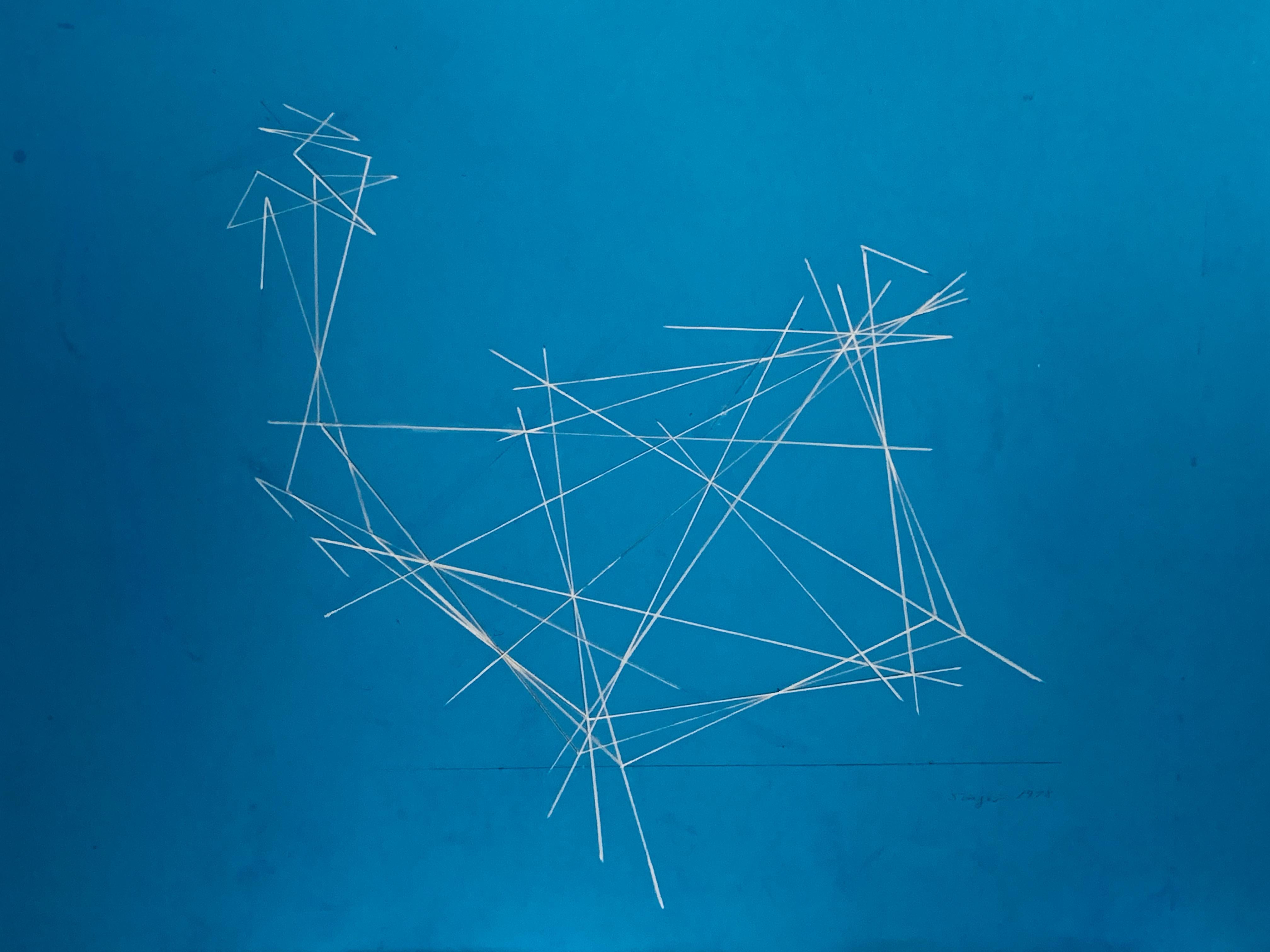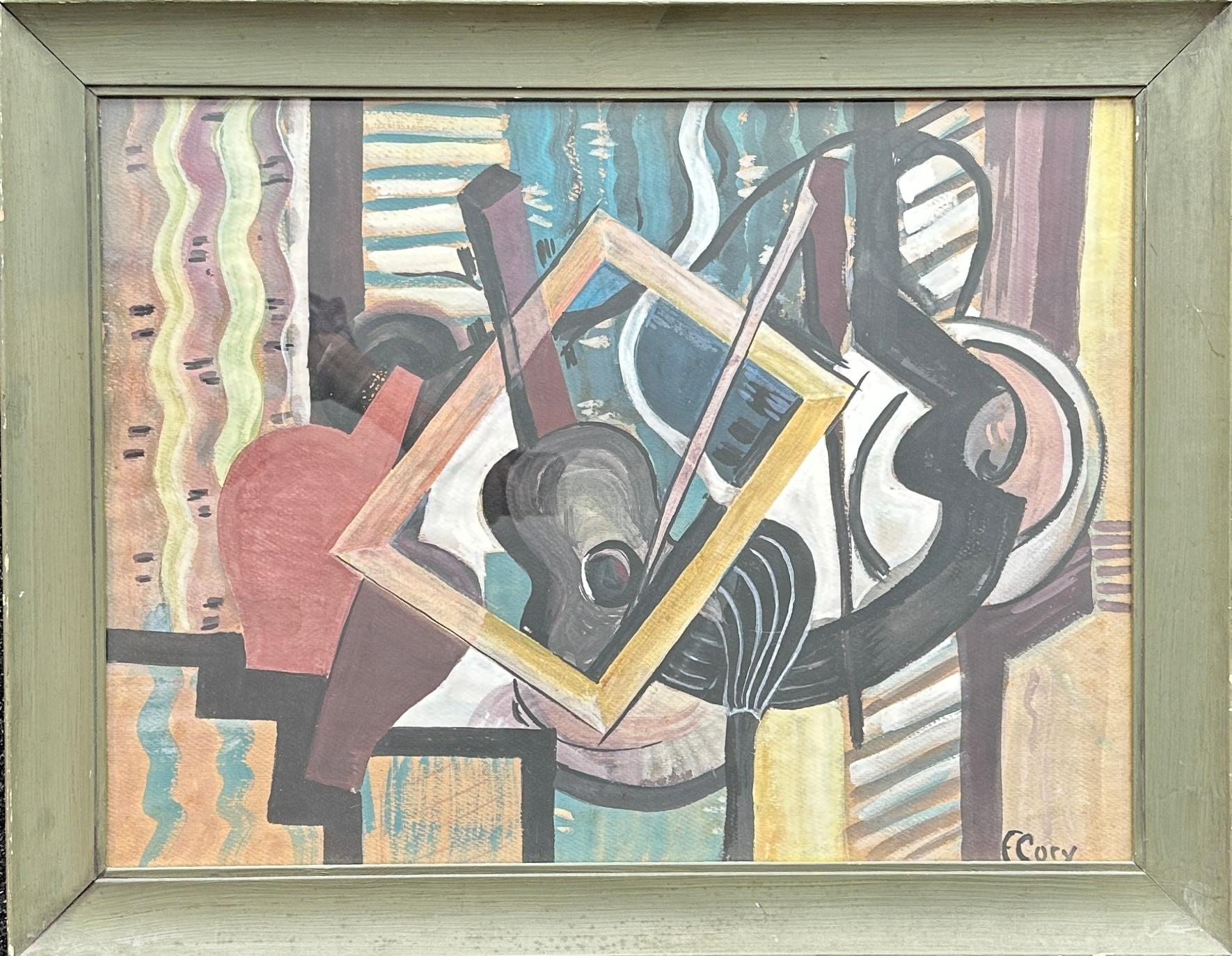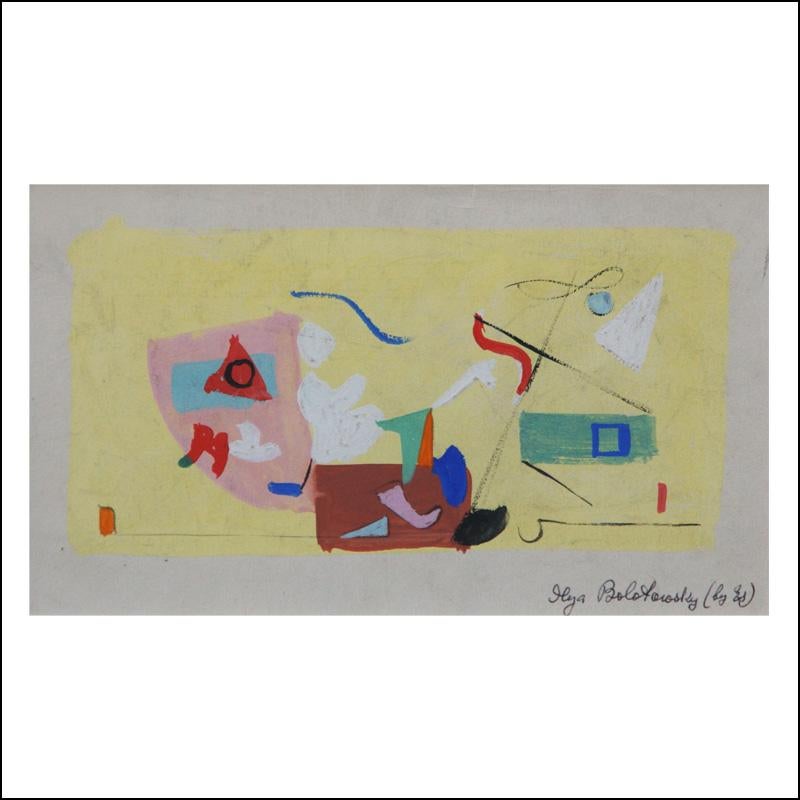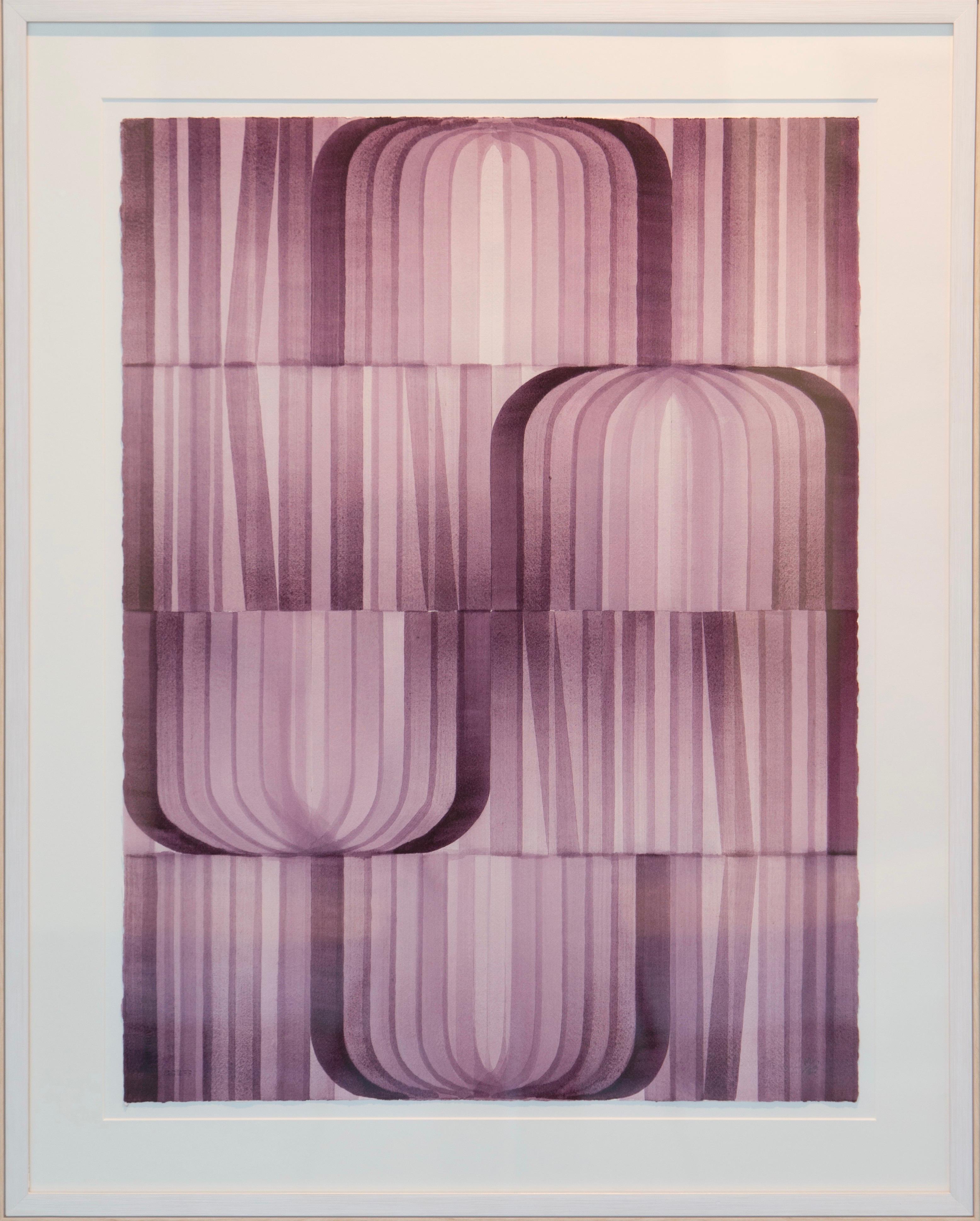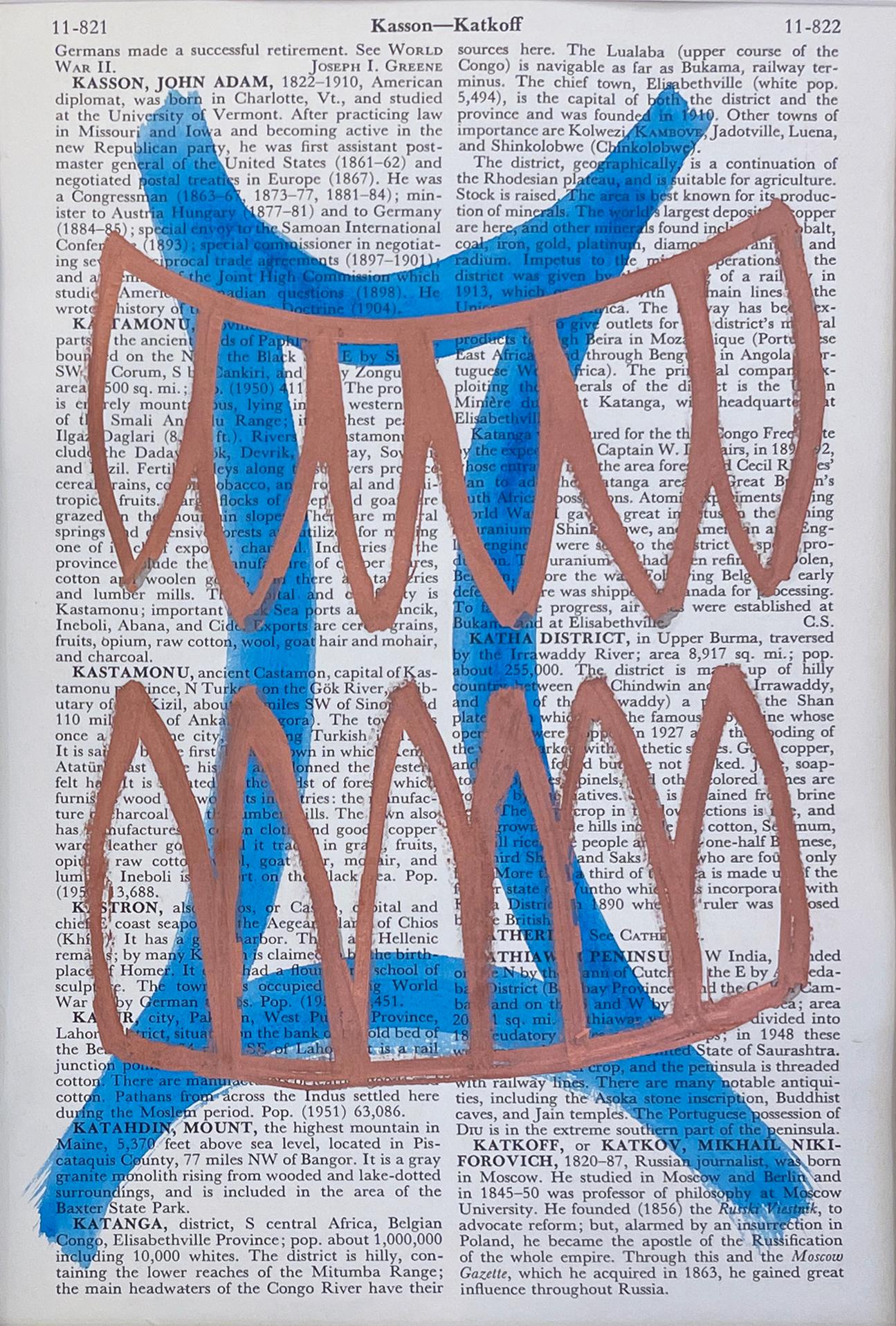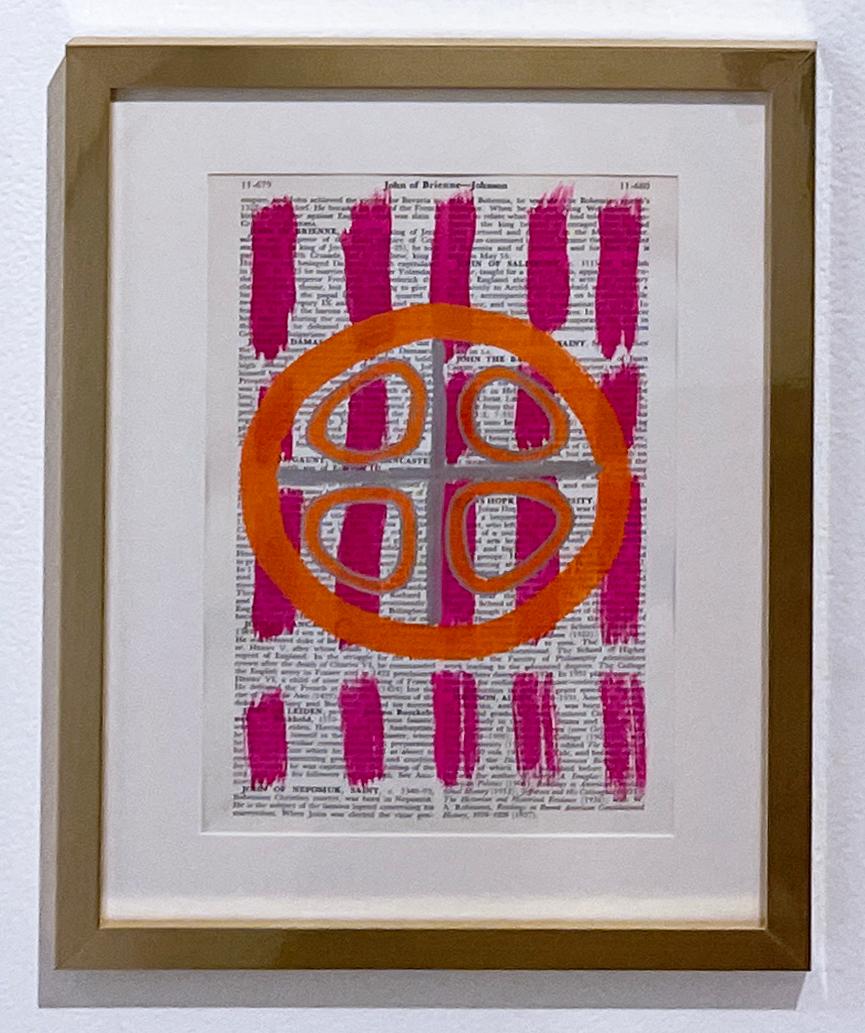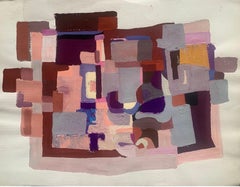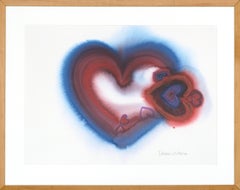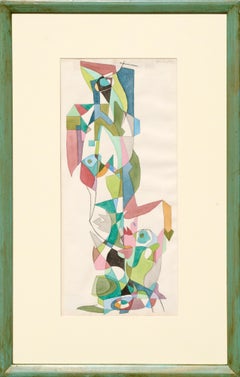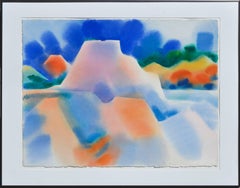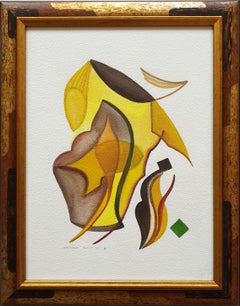
Heinrich Neuy Watercolor "comodo", 1986
View Similar Items
1 of 9
Heinrich NeuyHeinrich Neuy Watercolor "comodo", 19861986
1986
$1,851.72List Price
About the Item
- Creator:Heinrich Neuy (1911 - 2003)
- Creation Year:1986
- Dimensions:Height: 17.72 in (45.01 cm)Width: 13.78 in (35.01 cm)Depth: 0.98 in (2.49 cm)
- Medium:
- Movement & Style:
- Period:
- Condition:
- Gallery Location:Berlin, DE
- Reference Number:1stDibs: LU1846299592
Authenticity Guarantee
In the unlikely event there’s an issue with an item’s authenticity, contact us within 1 year for a full refund. DetailsMoney-Back Guarantee
If your item is not as described, is damaged in transit, or does not arrive, contact us within 7 days for a full refund. Details24-Hour Cancellation
You have a 24-hour grace period in which to reconsider your purchase, with no questions asked.Vetted Professional Sellers
Our world-class sellers must adhere to strict standards for service and quality, maintaining the integrity of our listings.Price-Match Guarantee
If you find that a seller listed the same item for a lower price elsewhere, we’ll match it.Trusted Global Delivery
Our best-in-class carrier network provides specialized shipping options worldwide, including custom delivery.You May Also Like
Abstract Geometric Composition. Second half of the 20th century
Located in Firenze, IT
Abstract Geometric Composition
Date: Second half of the 20th century
Medium: Gouache on paper
Dimensions: H 50 cm x W 65 cm approx.
Description: Modular geometric structure with ove...
Category
Late 20th Century Abstract Geometric Abstract Paintings
Materials
Paper, Gouache
$200 Sale Price
20% Off
Hearts to One - Abstract Watercolor with Blue & Red Heart
By Dessie Wilcox
Located in Soquel, CA
Brightly colored composition of blue and red hearts merging together by Dessie Wilcox (American, b. 1948). From her "Heart Wall" series, Wilcox has been creating heart painting to ra...
Category
Early 2000s Abstract Geometric Abstract Drawings and Watercolors
Materials
Paper, Watercolor
$920 Sale Price
20% Off
"Indian Dance", Multicolor Abstract Geometric Composition
By Ellwood Graham
Located in Soquel, CA
Bright and colorful abstract geometric watercolor with multicolor connected forms cascading in a dynamic vertical composition by Ellwood Graham (American, 1911-2007). Signed "GRAHAM" in the upper right corner, and "Ellwood Graham" on verso. Circa 1961-1966. The title "Indian Dance...
Category
1960s Abstract Geometric Abstract Drawings and Watercolors
Materials
Paper, Watercolor, Pen, Pencil
$920 Sale Price
20% Off
Flat Top Mountain - Abstract Geometric Landscape
By Erle Loran
Located in Soquel, CA
Gorgeous burst of blue behind a flat top mountain with splashes of orange in this abstract geometric landscape by Erle Loran (American, 1905-1999). Signed and dated lower right "Erle...
Category
1970s Abstract Geometric Landscape Drawings and Watercolors
Materials
Watercolor, Archival Paper, Rag Paper
$2,800 Sale Price
20% Off
"Heart.Soul.Mind"
Located in VÉNISSIEUX, FR
This expressive artwork "Heart.Soul.Mind" underlines the importance of having an inner maturity based on harmony between heart, sould and mind.
As an artist and as a woman in my ...
Category
2010s Abstract Geometric Abstract Drawings and Watercolors
Materials
Acrylic, Paper, Watercolor
Intersecting Magic Square
By Charmion von Wiegand
Located in New York, NY
Charmion von Wiegand
Intersecting Magic Square, ca. 1963
Gouache on paperboard
Signed and titled on the back of the artwork. The signature shown on the frame back is a photo of the actual signature on the artwork itself.
Frame Included: elegantly floated and framed in hand made white wood museum frame with UV plexiglass
This work is signed and titled on the back of the artwork itself. The signature shown on the back of the frame is a photo of the actual signature, since the actual pencil signature and title is on the artwork itself, which can't be seen within the frame
Measurements:
Frame:
21 x 17 x 1.5 inches
Artwork:
18 x 14.25 inches
The Estate of the celebrated artist Charmion Von Wiegand has been represented exclusively by Michael Rosenfeld...
Category
1960s Abstract Geometric Abstract Paintings
Materials
Gouache, Handmade Paper, Mixed Media, Pencil
Recently Viewed
View AllMore Ways To Browse
Wassily Kandinsky 1911
Oil Painting Of Man
Unsigned Painting
Nudes In Color
Impressionist Paris
Textured Wall Art
Abstract Expressionist Oil
French Street Art
Southern Painting
First Love Painting
French Illustration
French Impressionist Landscape
Set Of Portraits
Vintage American Photos
Signed Posters
Oil Painting Set
Old World Paintings
Street New York Painting
